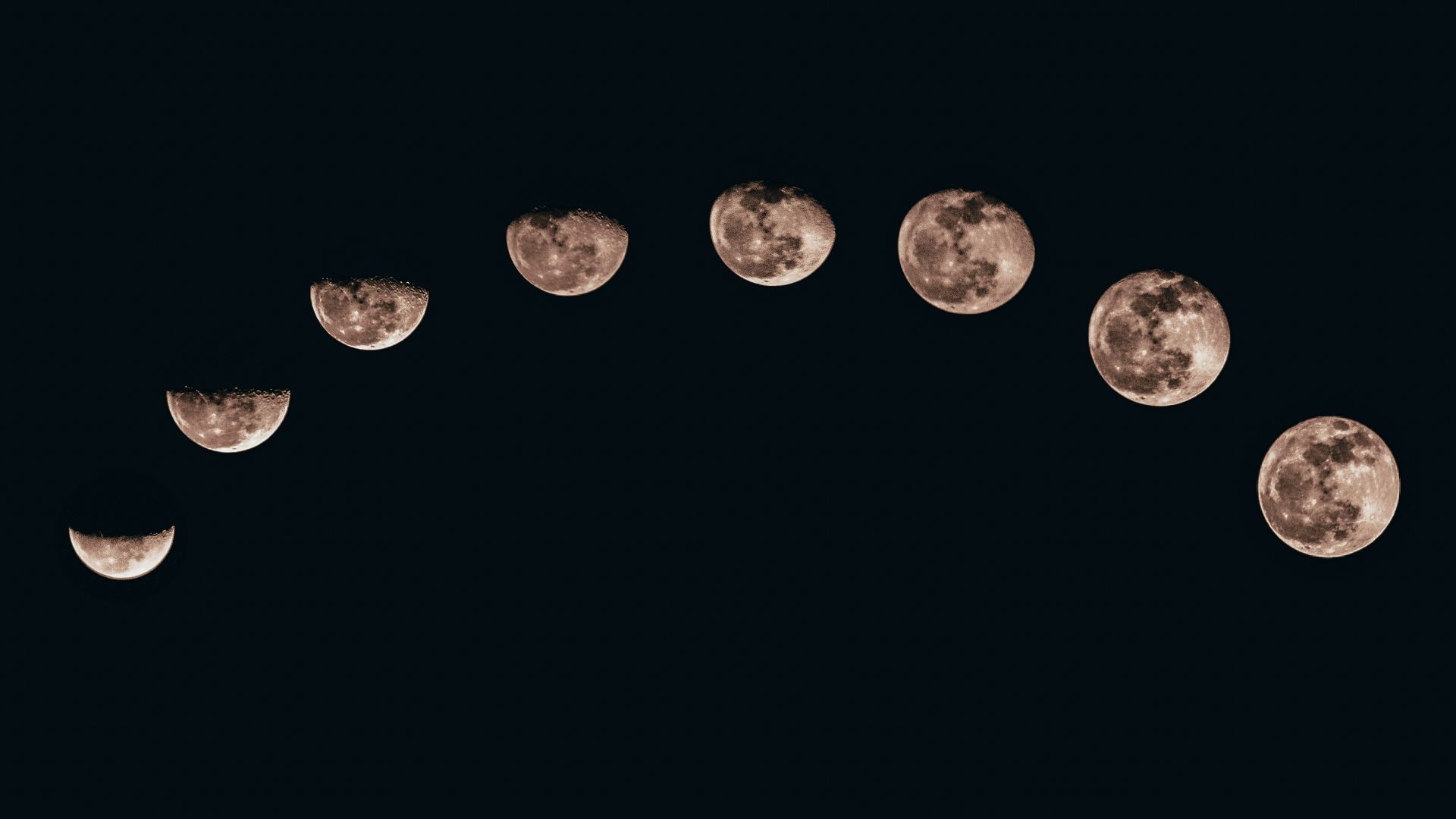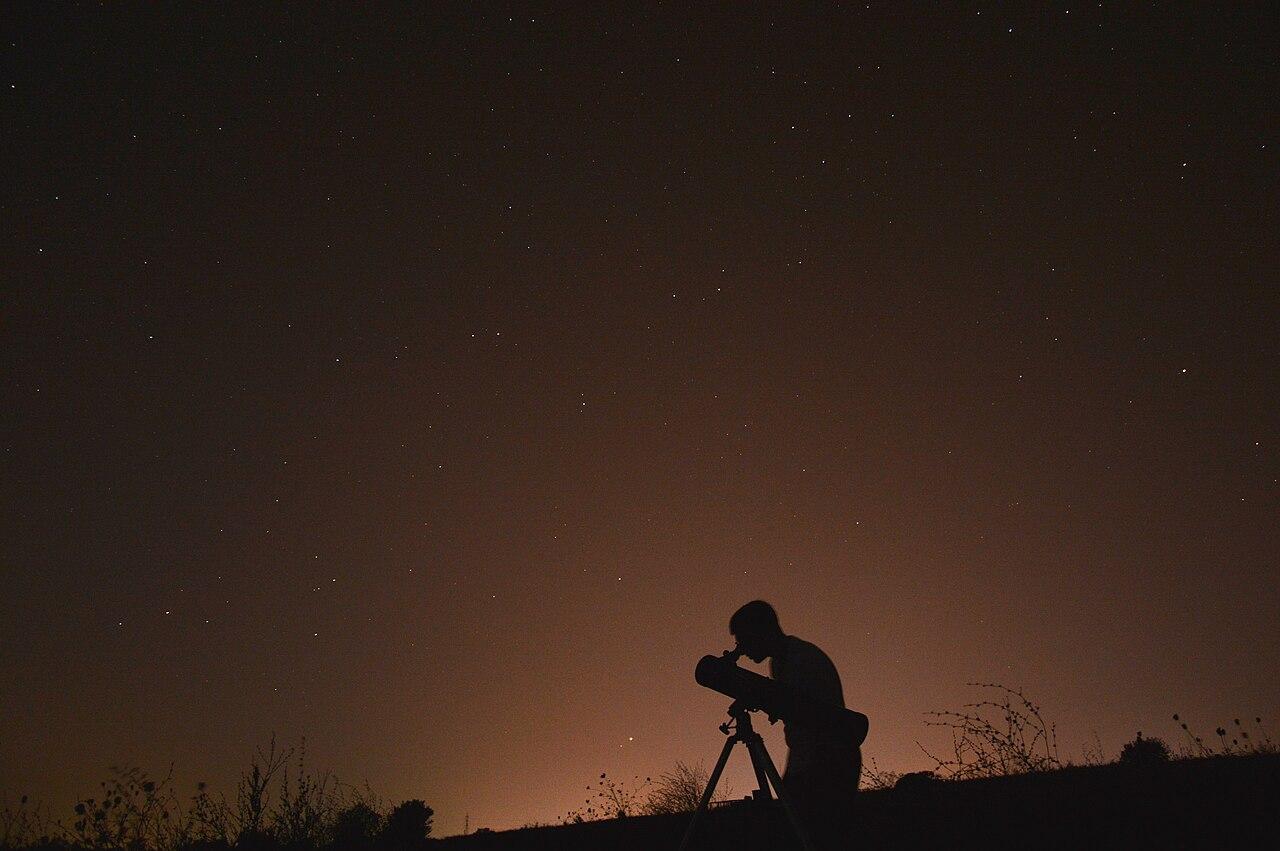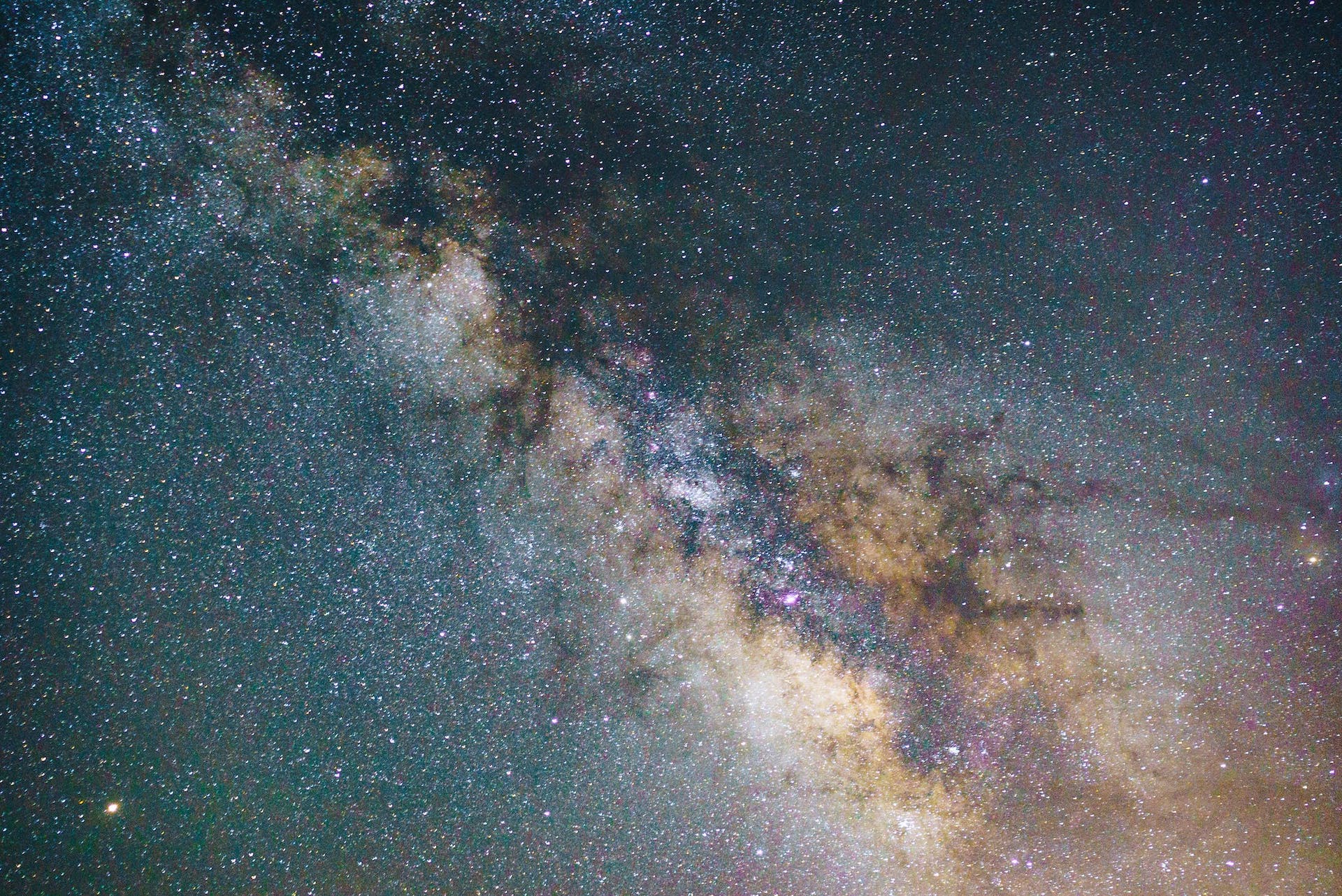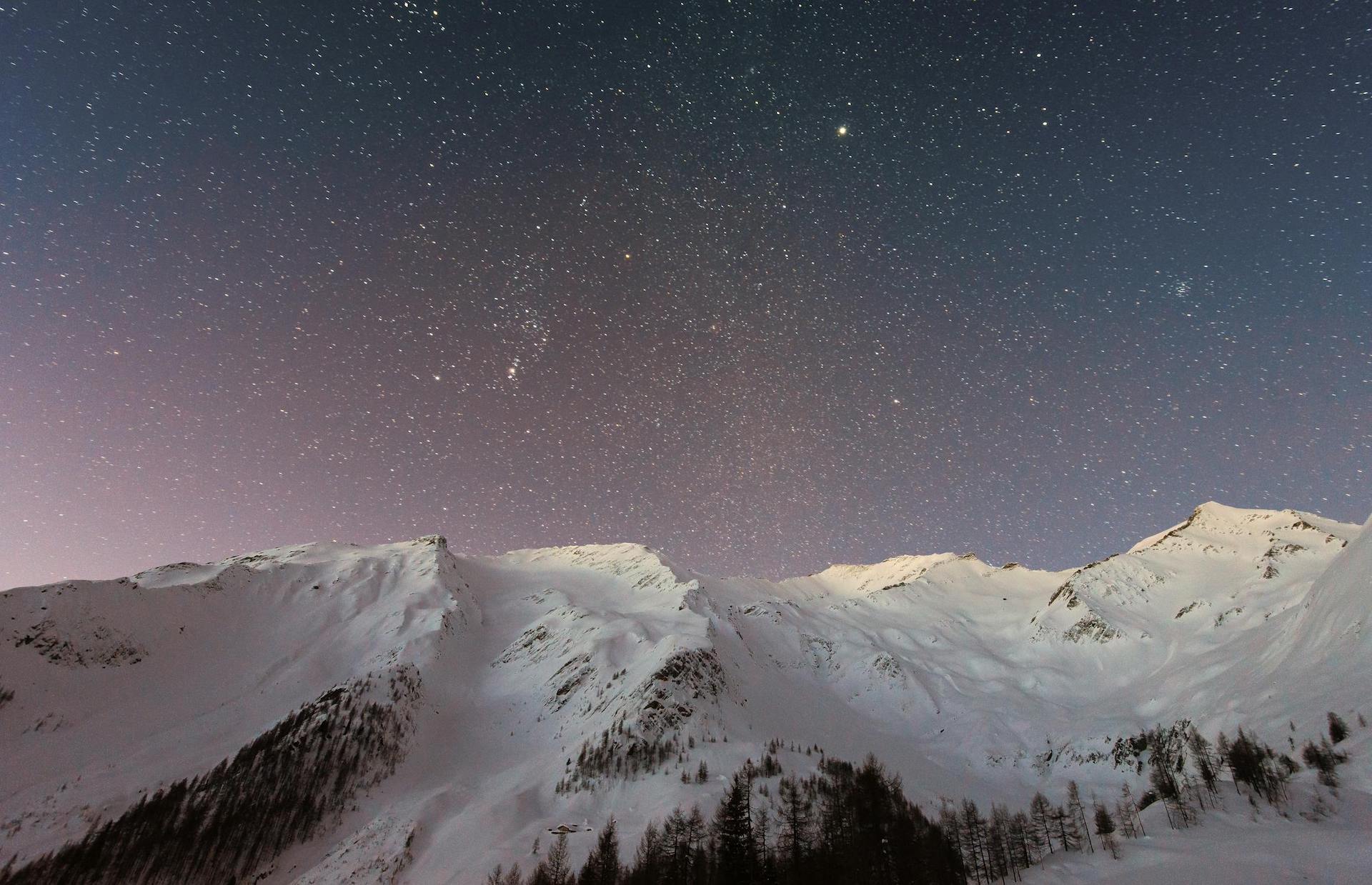The Ultimate Guide to Spotting the Milky Way: Dates, Times, and Locations This Summer
Summertime is the prime time to see the Milky Way in its full glory. Viewers should aim for the period from late June to early October. Specifically, target moonless nights around the new moon to avoid light interference.
This year, the prime dates are June 28 – July 8, July 28 – August 7, August 26 – September 6, and September 24 – October 5. Let’s take a closer look at these dates and explore the best times and locations to catch a glimpse of our galaxy’s beautiful spiral arm.
The Importance of Moon Phases
Even moonlight can wash out the faint stars of the Milky Way, making it crucial to plan your stargazing sessions around the new moon.

Source: Sanni Sahil/Unsplash
The best viewing occurs from the last quarter moon to three days after the new moon. This ensures the darkest skies possible for a stunning view of our galaxy.
Optimal Viewing Times by Month
From March to June, the Milky Way is visible in the early morning hours. As we move into summer and early fall, you can catch this celestial spectacle in the evening.

Source: Eric Rothermel
For example, in March, you’ll need to be up at 4 a.m., but by September, you can enjoy the view right after sunset.
Latitude Matters: Where You Are Makes a Difference
Your latitude significantly affects your view of the Milky Way. In the Northern Hemisphere, locations farther south offer a deeper view into the galaxy.

Source: doidam10/Canva
For instance, Sagittarius, home to the galaxy’s central black hole, appears higher in the sky the farther south you are.
Choosing the Perfect Dark-Sky Location
Light pollution is a major obstacle for stargazers. Use tools like DarkSky’s Find a Dark Sky Place to locate ideal viewing spots.

Source: Wikimedia
These resources help you find areas far from city lights, ensuring a clear and unobstructed view of the Milky Way.
Preparing Your Eyes for Stargazing
To fully appreciate the Milky Way, let your eyes adjust to the dark for at least 20 minutes. Avoid looking at bright lights, including your smartphone, after sunset.

Source: Joel Staveley/Unsplash
This adaptation period is pretty important for spotting the faint details of our galaxy.
Best Equipment for Stargazing
While the Milky Way is visible to the naked eye, using a small telescope or a pair of stargazing binoculars can certainly enhance your experience.

Source: Freepik
These tools allow you to zoom in on specific features and celestial objects, making your stargazing session even more rewarding.
Sagittarius: The Heart of the Milky Way
The constellation Sagittarius contains the Milky Way’s bright central black hole. From New York state, it appears low on the southern horizon, but from Miami, it sits 15 degrees higher.

Source: Jacub Gomez/Pexels
This difference highlights the importance of your viewing location for the best stargazing experience.
Adjusting to Seasonal Changes
As the seasons change, so do the viewing times for the Milky Way. In early summer, you may need to stay up late or wake up early, but by late summer and early fall, the galaxy becomes visible right after sunset.

Source: Eberghard Grossgasteiger/Pexels
This seasonal shift makes planning your stargazing sessions essential.
Capturing the Milky Way on Camera
Photographing the Milky Way requires even more preparation. Use a camera with manual settings, a tripod, and a wide-angle lens.

Source: Greg Rakozy/Unsplash
Set a long exposure time to capture the faint light of the stars, and experiment with different settings to find what works best for your location and conditions.
Understanding Light Pollution and Its Impact
As mentioned, light pollution from urban areas can significantly diminish your view of the Milky Way. Even small amounts of artificial light can wash out the stars.

Source: Brett Sayles/Pexels
Seeking out remote locations with minimal light pollution is key to experiencing the Milky Way in all its splendor.
Making the Most of Stargazing Resources
Utilize stargazing apps and websites to plan your Milky Way viewing sessions.

Source: Kendall Hoopes/Pexels
These tools provide information on moon phases, sunset and sunrise times, and the best locations for dark skies. Planning ahead ensures you make the most of your stargazing opportunities.
